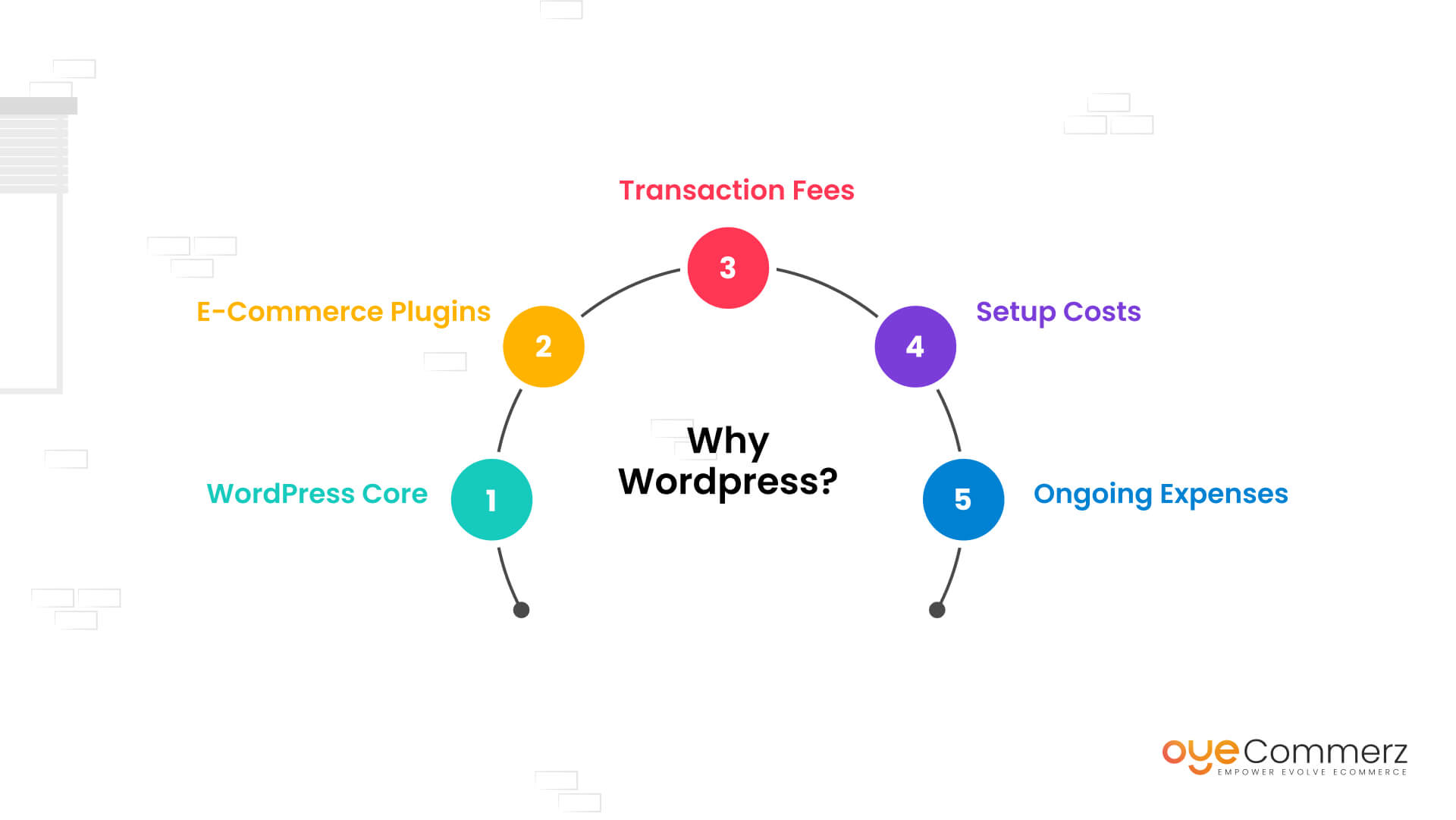Transitioning from WordPress to Shopify marks an exciting step toward optimizing your online store processes. As companies expand, choosing a platform that supports scalability, UX, and flexibility becomes crucial. Shopify is widely recognized as a preferred choice for online merchants, offering superior flexibility, data protection, and user-friendliness. In this guide, we’ll explore the transformative impact of this migration, discuss the advantages, and share practical tips to ensure a seamless move.
1. Top Reasons to Transition from WordPress to Shopify
WordPress, paired with WooCommerce, continues to support countless e-commerce platforms. Nevertheless, as companies expand, issues like plugin dependency, data risks, and technical complexities can hinder growth. Shopify, designed explicitly for digital retail, eliminates these concerns with an all-in-one, intuitive solution. Statistics supports this shift—Shopify powers over 4.4 million stores worldwide, with a reported 10% increase in sales performance for numerous merchants post-switch.
2. Key Benefits of Shopify for E-commerce Success
Shopify’s robust ecosystem caters for scaling brands. Its notable benefits include:
- Seamless Customization: Shopify provides over 80 professionally designed themes.
- Integrated Tools: Capabilities such as Shopify Payments and built-in SEO streamline operations.
- Global Reach: Multi-currency support and localization features enable businesses to expand internationally.
Additionally, Shopify boasts an availability percentage of 99.98%, guaranteeing your website remains accessible.
3. Getting Ready for Your WP-to-Shopify Transition
Prior to starting the migration process, assess your existing setup. Review inventory details, client information, and SEO performance. Tools like Shopify’s Migration Kit or external tools can simplify this process. Create a comprehensive plan, making sure all resources—item details, images, and blog content—are optimized for transfer.
4. The Importance of Accurate Data Migration
Data migration forms the foundation for a smooth transition. When migrating from WordPress to Shopify, prioritize:
- Product Information: SKU, item summaries, and groupings.
- Client Information: Emails, order history, and preferences.
- SEO Optimization: Preserve meta tags, URLs, and forwarding paths to maintain search rankings.
Leverage tools such as Shopify store launch services LitExtension to streamline data transfer while reducing mistakes.
5. Tailoring Your Shopify Store to Fit Your Brand
Post-migration, personalizing your Shopify store helps it reflects your brand. Utilize Shopify’s drag-and-drop editor to create layouts with ease. Shopify's themes are optimized for all devices, ensuring a seamless user experience across platforms—a critical factor, since 74% of e-commerce traffic comes from mobile visitors.
6. How to Protect Your SEO Rankings When Switching Platforms
SEO is vital for preserving your online presence during migration. Shopify excels in SEO with clean URL structures, built-in optimization tools, and seamless blog integration. Ensure:
- Set up URL forwarding for old URLs.
- Enhance updated content with targeted phrases.
- Leverage plugins like Plug in SEO to track analytics after the switch.
7. Post-Migration Testing
After finishing the transfer, run detailed checks.
Check:- Website speed (Shopify delivers faster speeds in contrast with WP).
- Functionality of payment gateways and checkout processes.
- Mobile responsiveness.
Testing ensures your store delivers a smooth shopping experience from day one.
8. Case Study of a Successful Migration
An example of effective platform switching is Gymshark, a sportswear company that transitioned to Shopify. After the switch, the company experienced a 60% increase in mobile sales and significantly lowered site downtime. This showcases the potential of Shopify in enhancing e-commerce growth.
9. Overcoming Common Migration Issues
Migration is not Shopify store optimization without obstacles, such as data integrity and reconfiguring custom functionalities. However, Shopify’s extensive assistance and external professionals simplify the process. Partnering with qualified Shopify developers helps guarantee a smooth transition.
10. Starting Your Journey with Shopify
Switching from WordPress to Shopify represents a strategic decision to online retail. By focusing on growth, streamlining operations, and enhancing the customer experience, Shopify enables companies to thrive in challenging industries.
Conclusion
Switching from WP to Shopify offers a smart solution that can greatly enhance your e-commerce success. With a well-structured strategy, the appropriate resources, and expert support, you can unlock new growth opportunities.
Ready to make the leap? Let’s discuss how our Shopify migration services can transform your e-commerce platform. Get in touch today, or ask yourself: Can your business afford to miss out on Shopify’s growth potential?

Comments on “Seamless WordPress to Shopify Migration: A Comprehensive Roadmap for E-commerce Growth”